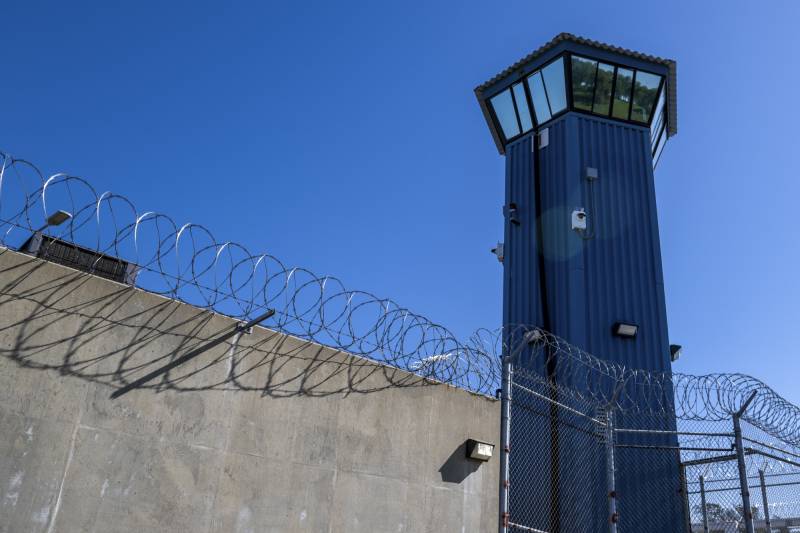Despite opposition from most of the state’s prosecutors and law enforcement groups, Proposition 47 sailed to victory in 2014. It came as the state was undergoing a transformation of its criminal justice system, spurred in part by a U.S. Supreme Court order to reduce its prison population and a backlash against the state’s tough-on-crime push in the 1990s and early 2000s that left thousands of people languishing in prison for relatively minor offenses.
California has been dealing with the aftereffect of Proposition 47 for a decade, Schubert said.
“We’ve seen this increase in theft. This humanitarian crisis of drug addiction,” she said. “Now we also see this epidemic of fentanyl in our communities.”
Backers of Proposition 36 have argued the measure will restore accountability to California’s criminal justice system and ensure that prolific thieves are held accountable. They also say that by mandating drug treatment for repeat users, the measure will help tackle the opioid crisis and even reduce homelessness in California.
“The goal of this initiative, particularly with the drug addiction piece, is to get people back into treatment, to incentivize that treatment, to get them back on track and ultimately actually to keep them out of jail so that they can get rehabilitated,” Schubert said.
But opponents, including many civil rights and criminal justice reform groups, staunchly refute those arguments, insisting the measure will instead result in more people going to jail or prison for being impoverished or struggling with drug addiction — calling it a return to the draconian policies that led to the state’s overcrowded jails and prisons.
Opponents also note that the measure does not include any funding for additional drug treatment, law enforcement or housing and say that rather than increase treatment options, it would actually strip money from drug and mental health services and other programs that help former offenders turn their lives around.
“It really is a bait and switch,” Tinisch Hollins, executive director of Californians for Safety and Justice, told KQED. “I think people are really looking for solutions to issues like the fentanyl crisis and homelessness and retail theft, but Prop. 36 doesn’t offer anything. In fact, it’s the exact opposite. It’s going to defund the programs that people who are going to be mandated to treatment or offered mandated treatment are going to be relying on.”
The measure, Hollins added, “masqueraded as a reform, and it’s the exact opposite.”
“It’s actually an old play,” she said. “It’s tough on crime. It’s the war on drugs 3.0. It’s the reiteration of things like the Three Strikes initiative where we’re holding stiff penalties over people’s heads.”


